Agriculture is the core industry of Serbia and holds an important position in the Serbian economy. Serbia has fertile land, abundant rainfall, and good agricultural production conditions. Due to differences in altitude, the Adriatic Sea, rivers, and wind conditions, Serbia's climate exhibits diversity. Serbia has an average of over 270 sunny days per year, and its unique climate conditions make it rich in various fruits and vegetables. Both native and other varieties are easily able to thrive on Serbian soil.
With the continuous improvement of global agricultural technology, agricultural production in Serbia is also constantly developing. Hydroponics and vertical farms are a rapidly developing new agricultural planting technology that has received increasing attention. Vertical agriculture is an innovative way of using space and hydroponic techniques to plant crops layer by layer indoors. It can save land, water, and fertilizer, reduce pesticide and carbon emissions, improve crop yield and quality, and meet the needs of urban residents for fresh, healthy, and sustainable food.
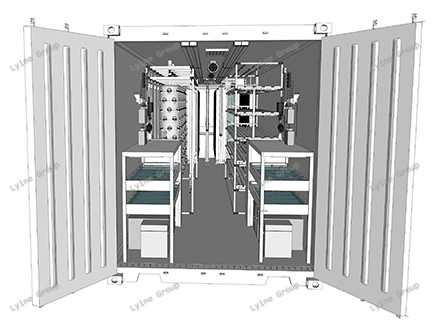
Serbia has the lowest rate of using fertilizers and pesticides in Europe, and hydroponic agriculture is very in line with Serbia's agricultural development goals. Vertical farms are often used in container farms or greenhouses, which can achieve production anytime and anywhere through soilless cultivation. Hydroponics is only the most commonly used method in vertical farms, among which aerosol culture, substrate culture, and aquaponics system can all be used in vertical farms.
What are the advantages of vertical hydroponic farms?
High yield per unit area. Vertical farm technology can reasonably achieve shorter growth cycles and faster harvests, which means that more food can be planted in much smaller spaces than traditional farms every year. The grain yield per unit area of vertical farms can reach over 350 times that of traditional farms.
Shorten the supply chain. This means that crops produced in cities are sold directly, reducing a lot of transportation distance and time, ensuring fresh food while reducing supply chain waste.
Reduce resource waste. Vertical agriculture can reduce water consumption by 95%, while also reducing the demand for chemical pesticides through strict control, wind and rain prevention, and infection prevention. Vertical agriculture reuses its water and nutrients, resulting in zero waste.
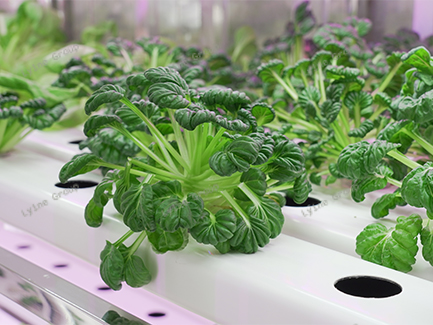
Protect the environment and reduce pollution. Vertical agriculture does not require insecticides, as vertical farms are often indoors and do not use soil, which can effectively avoid pests and diseases.
The advantages of vertical agriculture can bring better air quality, fresher vegetables, and fewer greenhouse gas emissions! And it plays a crucial role in meeting the growing demand for food brought about by world population growth.
No sunlight or soil is needed. From floor to ceiling, layers of crops are arranged in an orderly manner on the plant growth rack. Under the illumination of thousands of LED lights, lush green leafy vegetables can be harvested 15 times in a year, with an astonishing yield. This is one of the charms of vertical agriculture. In Serbia, high-tech vertical hydroponic planting technology is occupying people's attention in all aspects.



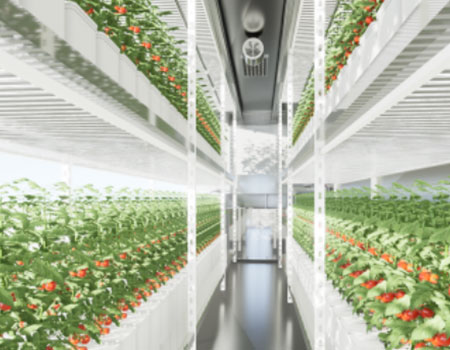
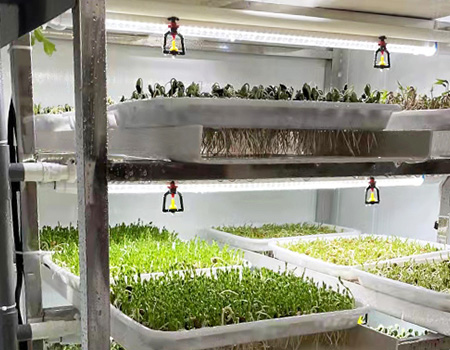
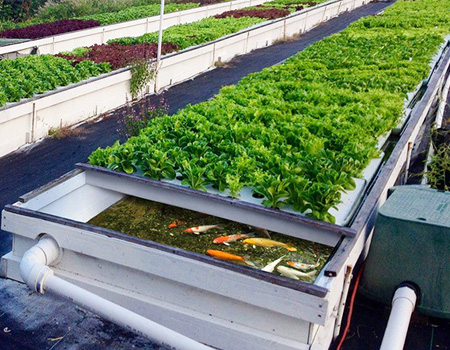
.jpg)
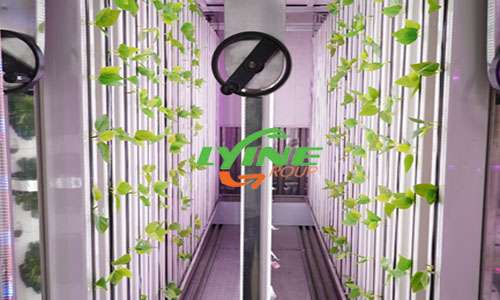
.jpg)
